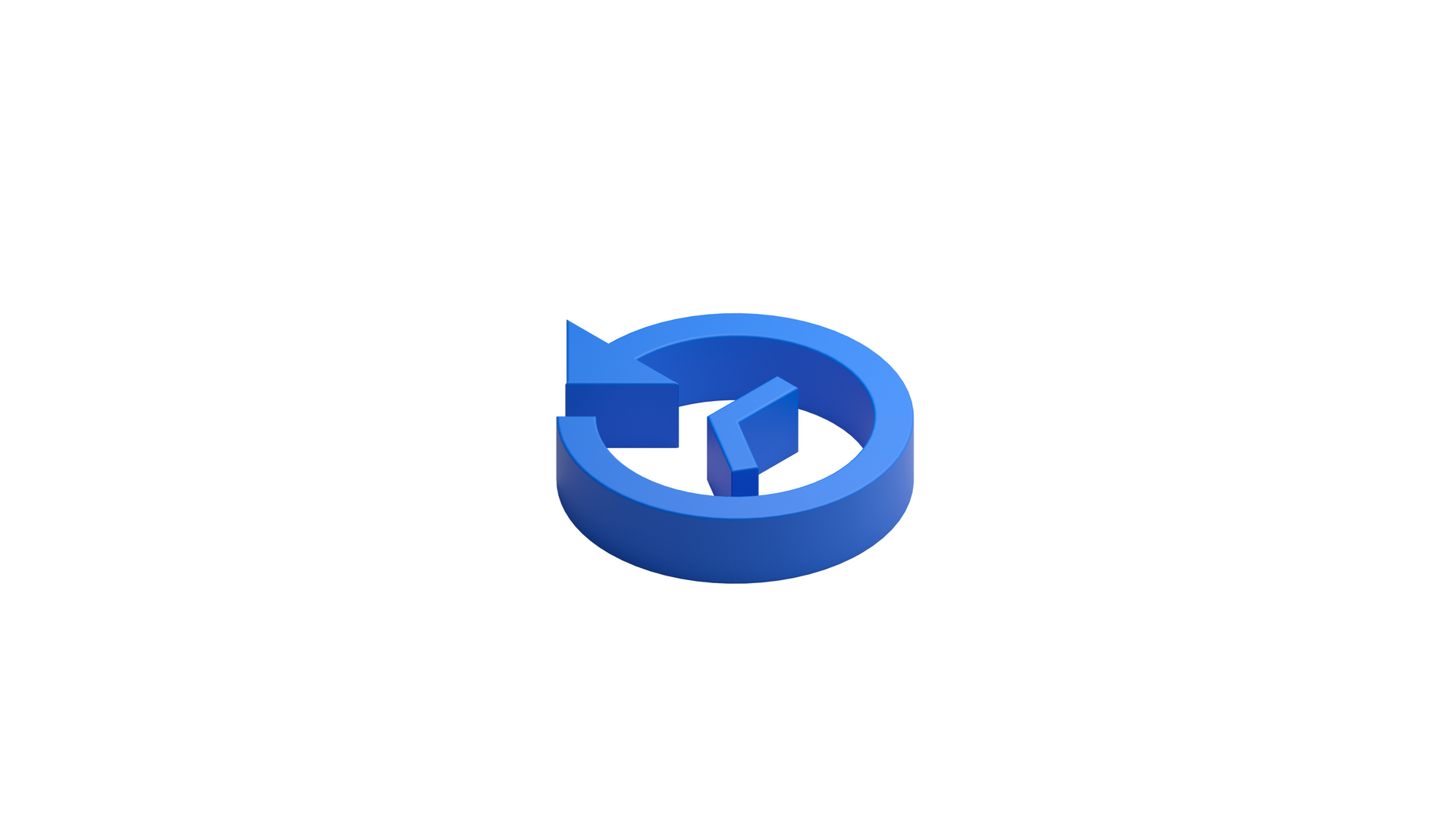Why Homeowners Crave Help—and Why Trust in Service Providers Is at an All-Time Low
According to a January 2025 survey by Leaf Home in partnership with Morning Consult, nearly 70% of homeowners worry about unreliable contractors, and 41% report being deceived by service providers.
Meanwhile, a SuretyNow study revealed that only 35.6% of homeowners “completely” trust contractors to deliver on time and on budget—while more than half say they only “somewhat” trust them, and 13% say they don’t trust contractors much—or at all.
This disconnect—high demand for help paired with low trust in providers—points to a structural gap in the way home care is delivered.
The Everyday Strain of Home Care
Homeownership today means managing a web of systems—plumbing, roofing, HVAC, appliances—all demanding maintenance at different times. Without a guidebook, many homeowners feel lost.
Top homeowner pain points include:
- Not knowing what maintenance tasks to prioritize or when to do them
- Difficulty finding trustworthy providers for urgent or specialized work
- Confusion over costs and fear of being overcharged
- Overwhelm when coordinating multiple providers for different needs
- Limited preventive guidance—help usually comes only after a problem has already occurred

It’s Not Service Providers' Fault
Low trust doesn’t mean service professionals are failing. In fact, most deliver skilled, reliable work in their area of expertise. The issue is that the health of the home depends on all of its systems working together—plumbing, HVAC, electrical, roofing, and more. The vast majority of homeowners are understandably untrained, unable, or underprepared to manage it all, which naturally creates stress and uncertainty.
This leads to fragmented engagement—a roofer here, a plumber there—with no single point of accountability. Service providers aren’t asked to manage the entire health of the home, leaving homeowners to coordinate everything on their own.
What Homeowners Are Really Asking For
Research shows homeowners want more than repair—they want confidence and clarity:
- 73.7% would pay more for bonded and insured contractors, with nearly half comfortable paying 5–10% more for peace of mind (suretynow.com)
- Nearly
70% worry about unreliability, and
41% feel deceived by providers (leafhome.com)
- 61% rely on word-of-mouth for selecting providers, compared to only
14% who trust third-party platforms (leafhome.com)
These findings reveal a strong appetite for preventive, transparent, and independent support.
A Smarter Path Forward
1. Proactive Care Over Reactive Fixes
Homeowners don’t just want someone to call after things break—they want seasonal reminders, preventive visits, and checklists that help them stay ahead of risk.
2. Independent Guidance, Not Upsell
Homeowners worry advice is tied to sales. By separating guidance from service delivery, trust improves and homeowners feel empowered to make better decisions.
3. Trusted Networks, Vetted in Advance
When issues do arise, homeowners want easy access to trusted, insured providers—not a scramble to vet options under pressure.
4. Technology as an Enabler
Digital tools can simplify tracking home health, surface risks early, and reduce the chance of missed maintenance—without being intrusive.
Where Rafter Comes In
This is precisely the gap Rafter fills. Unlike traditional models, Rafter operates completely independently, with its incentives aligned squarely with the homeowner. The goal isn’t more calls, but fewer emergencies.
By offering preventive home care, accessible guidance, and vetted service connections only when necessary, Rafter supports homeowners with clarity and confidence. This structure bolsters trust, reduces homeowner stress, and—as a secondary but powerful benefit—helps insurers reduce preventable claim risks through proactive maintenance.
The market is adapting. When homeowners receive proactive, transparent support—rather than piecemeal reactive fixes—trust improves, and risk diminishes. Rafter is here to make this smarter, trust-driven approach the new standard in home care.
Interested in learning more?
Sign up for our newsletter, and we'll keep you up-to-date on our progress.






Smarter Service, Stronger Relationships: How Insurers Can Deepen Policyholder Trust and Risk Insight


